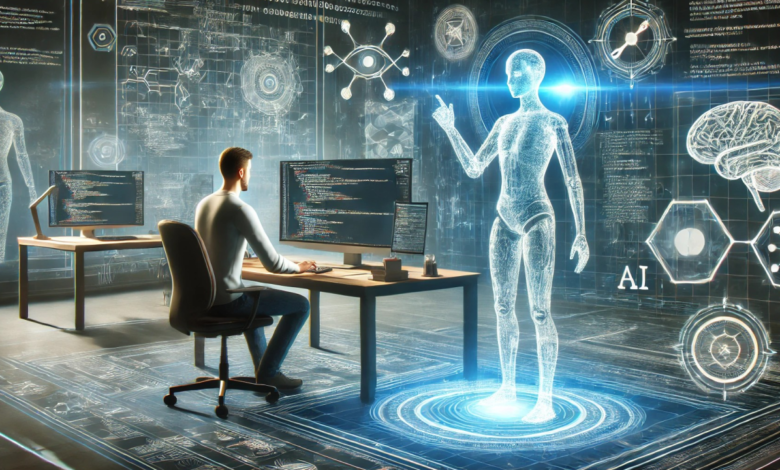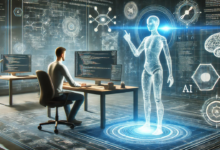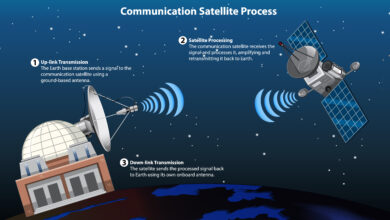How Generative Models Are Changing Mobile UI/UX Workflows

The future of mobile design? It’s not being drawn by hand anymore. It’s being shaped by algorithms that learn, adapt, and create.
Generative AI has stepped out of the lab and into the design room. It’s helping teams shape user interfaces, speed up workflows, and rethink what “design” really means. Designers and developers are now working side by side with smart systems that can suggest, prototype, and even code. And that’s a huge deal for every AI software development company building the next generation of mobile experiences.
The Rise of Generative Intelligence in Design
Generative AI used to be about art and text. Now, it’s changing how apps look and feel.
Imagine this feed a model of your brand’s design rules, and it instantly generates mockups that fit your style, your users, your vibe. No endless tweaking. No manual grunt work. These systems can scan thousands of successful designs and learn what works. They know where to place a button, how to balance white space, and when to switch a color tone. The result? Sleek, consistent apps that just work.
Creativity Meets Code
Once upon a time, designers and developers worked on different islands. One drew; the other built.
But not anymore. Generative models are the bridge. A designer can now sketch a layout, and an AI system instantly converts it into code ready to run on iOS or Android. No more miscommunication. No more endless back-and-forth. Just faster builds and fewer mistakes. It’s teamwork powered by intelligence.
Prototype to Product In Record Time
Remember when prototyping took weeks? Now, it’s minutes.
Generative models can spin up dozens of design variations, test them, and refine them in real time. You want to tweak a color or shift a layout? Just ask. The AI adjusts instantly. For teams at an AI software development company, that means fewer revisions, faster approvals, and smoother launches. Speed and precision finally live in the same workflow.
User Experience Gets Smarter
AI doesn’t just automate. It anticipates.
Generative systems can analyze how people use an app, their habits, clicks, even pauses and tweak the interface on the fly.
Think of it like this: your favorite app knows you prefer dark mode in the evening. Or it reorganizes the menu so your go-to features are front and center.
That’s not magic. That’s predictive design, an interface that learns from every tap and scroll.
Designers and AI A New Creative Duo
Collaboration has changed. It’s no longer just humans swapping Figma files.
Now, designers work with AI. They brainstorm together. The AI suggests layouts, color schemes, and even micro-interactions in seconds. Designers then refine and humanize them.
Even user research is evolving. Generative systems study heatmaps and feedback to suggest what’s not working before a human even spots it. This blend of human intuition and machine logic? It’s making mobile experiences sharper, faster, and more personal than ever.
Cutting Through the Clutter
Coding is often the slowest part of the process. Generative AI speeds that up.
Imagine dropping a design file into a tool and watching it generate clean React Native or SwiftUI code. That’s what’s happening now. An AI software development company using these models doesn’t waste time writing repetitive code. Instead, their developers review, polish, and focus on what truly matters: creativity and performance.
The outcome? Apps get built faster, look consistent, and perform better.
Consistency Without the Headache
Asking any designer to keep consistency across platforms is tough.
Generative AI fixes that. It follows brand rules automatically. Fonts, spacing, icons everything aligns perfectly. Change your brand’s color palette? The AI updates your entire app instantly.
So, design teams can stop worrying about “Does it match?” and focus on “Does it matter?”.
For large teams juggling multiple projects, this kind of automation is a lifesaver.
Ethics Matter More Than Ever
Here’s the thing AI can create. But it can also copy biases.
That’s why ethical design isn’t optional anymore. Models need clean, balanced data. They need checks for accessibility and diversity.
Smart teams know this. Many are baking inclusivity right into their workflows ensuring that apps are fair, usable, and human-friendly. For professionals at any AI software development company, ethics isn’t a checklist. It’s part of the product.
Humans + Machines = Better Design
Let’s be real. AI won’t replace designers. It’ll assist them.
We’re heading toward a world where AI sits at the creative table generating ideas, iterating faster, and helping teams build apps that adapt in real time. Developers will spend less time writing repetitive code and more time experimenting. Designers will have tools that bring their imagination to life faster than ever.
The bottom line? Human creativity is still the spark. AI just makes it burn brighter.
Final Thoughts
Generative models are reshaping how we build mobile experiences. They’re helping teams design, code, and deploy smarter.
But the magic still lies in people’s empathy, creativity, and understanding of what users actually feel. AI can’t replicate that. When humans and machines work together, we get a design that feels alive, intuitive, personal, and genuinely helpful. That’s where the future of AI in mobile app development is heading toward collaboration, not competition.
FAQs
How is generative AI used in mobile design?
It creates mockups, prototypes, and even front-end code speeding up workflows while keeping designs consistent.
Will AI replace human designers?
No. It’s more like a creative partner handling the boring parts so designers can focus on vision and detail.
Why should a company use generative AI?
Because it reduces costs, shortens development time, and helps apps feel more personal and responsive.
How can an AI software development company benefit?
By automating design-to-code transitions, enforcing brand consistency, and analyzing user data for better UX decisions.
What’s next for AI in app design?
More personalization, smarter automation, and seamless teamwork between people and machines.





